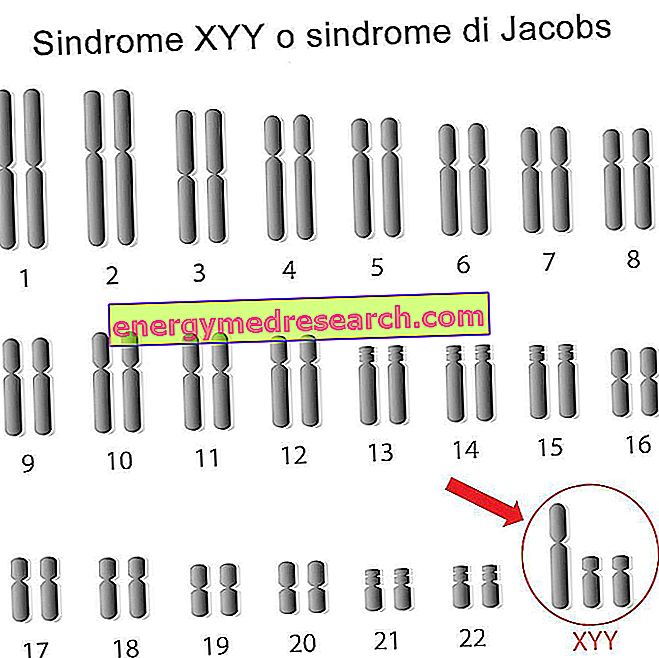Related articles: Rubella
Definition
Rubella is an infectious disease of viral origin. It is a typical exanthematic disease of childhood, but which can also affect adults. Rubella virus is transmitted from person to person through saliva droplets or respiratory secretions, following close contact or through the air; another mode of transmission (very dangerous) is from mother to child during pregnancy.
Patients may transmit rubella during an asymptomatic infection or from 10 days before the appearance of the exanthema up to 15 days later.
Most common symptoms and signs *
- Miscarriage
- Asthenia
- Small child for gestational age
- cyclopia
- Febrile convulsions
- Articolar pains
- Hepatomegaly
- Rash
- Temperature
- phocomelia
- Glossitis
- Swelling, redness, heat or pain on palpation of the scrotum
- Hydrocephalus
- Hydrops Fetal
- Hearing loss
- Hypospadias
- Leukopenia
- Swollen lymph nodes
- Inflated tongue
- Red tongue
- macrocephaly
- macules
- Sore throat
- Headache
- Meningitis
- Microcephaly
- Microphthalmos
- micrognathia
- Fetal death
- petechiae
- thrombocytopenia
- Red Dots on the Tongue
- Cold
- Rheumatism
- Reduced vision
- Joint stiffness
- Mental delay
- Nephritic syndrome
- splenomegaly
- Blurred vision
Further indications
After an incubation period (12-23 days), rubella manifests itself with general mild symptoms: fever, pharyngeal hyperemia (reddened throat), lymphadenopathy and malaise. Characteristic is the painful swelling of the lymph nodes placed on the sides of the ears and behind the nape. Following this prodromal phase (1-5 days), there is the onset of a rash, that is a rash characterized by many small speckles with pinpoints, slightly raised to the touch, pink or pale red. Macular rubella erythema is similar to that of measles, but is less extensive and more evanescent. It is often the first sign of rubella to appear in children: it spreads starting from the face and neck, then it affects the trunk, the limbs and the rest of the body. On the soft palate petechiae (Forschheimer spots) form. The rash lasts 3-5 days and fever typically resolves from the second day after the appearance of cutaneous manifestations.
The disease generally has a benign course and does not lead to complications. In children, the general symptoms are mild or absent and may include general malaise and arthralgia. In adults, however, rubella can occasionally lead to modest fever, headache, joint stiffness, transient arthritis and mild rhinitis.
If contracted in the early stages of pregnancy, the rubella virus can cause miscarriage, intrauterine death of the fetus or malformations of the nervous system, the cardiovascular system and fetal sense organs (eg cataract, retinopathy, hearing loss ), with delayed physical and intellectual development (congenital rubella syndrome). The problem does not exist if the woman in the past contracted the disease obtaining immunity or if she was vaccinated. To avoid risks, before conception it is possible to undergo a specific examination (Rubeo-test) to check for the presence of antibodies against the rubella virus.
Rubella should be suspected in subjects with the presence of adenopathy and rash. The presence of the disease is confirmed by the examination of serum IgM antibodies to rubella. Since it is a viral disease, treatment is not usually necessary: rubella must only take its course and, within a week, the patient is cured. Vaccination is effective for prevention and is strongly recommended for every child before childbearing age.



